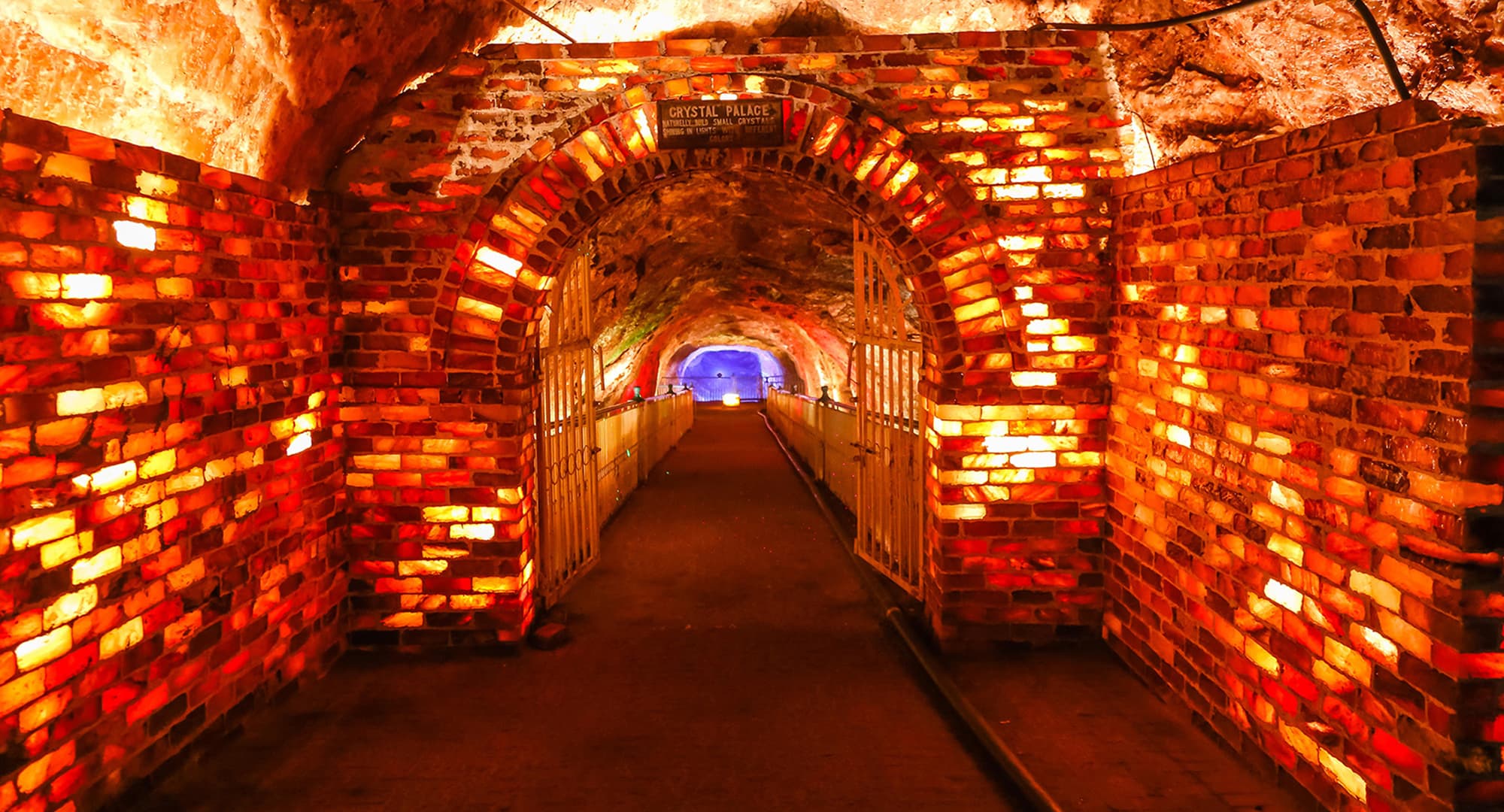What is Himalayan Salt?
Introduction
Ever wondered why Himalayan pink salt has become a favorite in gourmet kitchens, spas, and wellness routines worldwide? This unique salt, with its striking pink hue and numerous benefits, is more than just a seasoning—it’s a piece of Earth’s ancient history.

What is Himalayan Pink Salt?
Himalayan pink salt is a type of rock salt (halite) mined from the Khewra Salt Mine in Pakistan, nestled at the foothills of the Himalayas. This mine, the second-largest in the world, dates back over 800 million years and is a remnant of ancient seas that evaporated millions of years ago.
Composition and Benefits
This salt owes its pink color to trace minerals like magnesium, potassium, and iron. Unlike regular table salt, which is heavily processed, Himalayan pink salt is natural and unrefined, retaining these beneficial minerals.
Key Benefits:

- Balances electrolytes in the body.
- Supports proper hydration.
- Enhances the flavor of food.
- May improve respiratory health when used in salt lamps or inhalers.
How is it Different from Table Salt?
While table salt undergoes extensive processing and often contains additives, Himalayan pink salt is minimally processed and free from synthetic chemicals. This makes it a healthier and more natural alternative.
Global Popularity
From culinary uses to spa treatments, Himalayan pink salt is loved worldwide. It’s used for cooking, preserving food, and even in skincare products like scrubs. Its appeal lies in its purity, unique flavor, and aesthetic appeal.

Conclusion
Himalayan pink salt is more than a seasoning—it’s a natural treasure with a rich history. Whether for cooking or wellness, its benefits make it a valuable addition to any home.

